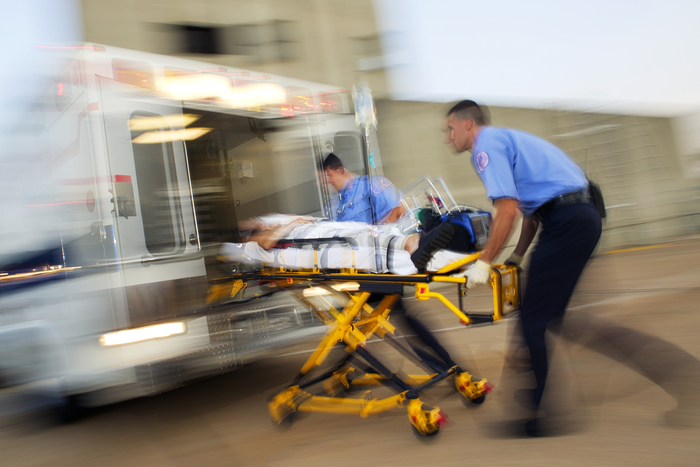
In an airway emergency, every second counts. Imagine if you were the one suffering from airway compromise. You’d want your responders to not only react immediately to your situation, but to employ precision when clearing your airway.
So, let’s examine these two critical aspects of pharyngeal suctioning: being fast and being precise.
TIME IS OF THE ESSENCE
Emergency response is built around time. 911 allows the public to alert dispatch, the emergency is dispatched to the closest available units, and lights and sirens allow responders to expedite their response times. The entire system is designed for expedience. And should the call turn out to involve an airway emergency, those responders had better arrive prepared.
When it comes to suctioning a tenuous airway, there is no time for indecision. Treatment must be initiated immediately, for every second means hypoxia for the patient. Here are a few critical reminders when it comes to suction readiness:
- Bring the portable suction unit along on ANY and ALL calls.
- Be sure the suction unit is operable by always:
- Checking it at the start of each shift
- Cleaning it after each use
- Replacing low or damaged batteries
- Having a backup unit readily available
You wouldn’t show up for a cardiac call without the monitor, so why would you respond to an airway emergency without your most fundamental piece of equipment: the portable suction unit?
SUCTION WITH CARE
Although suctioning the airway is a rather simple skill, it still must be done correctly. This simple skill poses significant risk to the patient if not conducted using proper technique. Here is a quick list of dos and don’ts:
- DO
- Use the proper-sized catheter, depending on what type of bodily fluid you are dealing with.
- Use care when suctioning pediatric or geriatric patients, because their delicate oral tissues are easily damaged.
- Dial back the pressure on these patients to avoid trauma.
- Monitor your patient and watch for signs of hypoxia.
- DON’T
- Suction longer than 10 seconds at a time—you’ll risk making your patient hypoxic.
- Reuse disposable parts.
- Suction aggressively.
- Insert the suction catheter in pediatrics suffering from suspected epiglottitis.
- Leave the suction unit behind on the truck!
Effective pharyngeal suctioning requires speed and precision. So, bring the portable suction unit with you on each call, make sure it’s ready for action, and use proper technique to avoid injuring your patient.















